Maximizing Space in Small Homes: Tips for Improved Wellbeing
Discover smart, stylish solutions for small space living. This article explores space-saving furniture, design principles and easy tricks to help you create a functional, cozy, and beautiful home, no matter the square footage.
by Natasha Del Brocco
4/20/2025

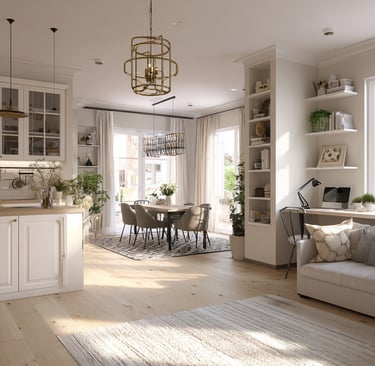
Living in a small home doesn’t have to feel limiting, in fact, it can be a chance to get creative and make every corner count. With smart planning and thoughtful design, even the tiniest spaces can feel open, stylish, and completely you.
So instead of seeing a small home as a challenge, think of it as an opportunity to live more intentionally. When you’re more mindful about what you bring into your home and how you use your space, you can create a setup that’s not only beautiful but also works perfectly for your lifestyle.
Understanding the Importance of Home Layout
The layout of a home plays a critical role in influencing the well-being of those who live in it.
An effectively designed layout focuses on 3 key principles: Flow, Accessibility, and Zoning. Understanding these principles can lead to a harmonious living environment that promotes ease of movement and overall comfort.
Flow refers to how we navigate through a space and connect different areas of the home. A well-planned flow encourages a seamless transition between rooms, minimizing obstructions and ensuring a sense of tranquility.
To enhance flow, consider arranging furniture in a way that allows for clear pathways. It is important to avoid overcrowding spaces with excessive furniture, which can restrict movement and create a sense of chaos.
Accessibility is another essential factor in home layout design. This principle emphasizes the ease with which individuals can access various spaces within the home. When working with limited space, strategically placing frequently used items within reach can enhance daily function and reduce frustration. For instance, ensuring that essential appliances and storage areas are easily accessible improves the functionality of the home.
Zoning, or the practice of defining specific areas for particular activities, is crucial in maximizing space in small homes. Creating designated zones for work, relaxation, and social interaction can help lead to improved focus and reduced distractions.
So, rearrange furniture to create distinct zones within a single room:
The back of a Sofa, for instance, can subtly define where the living area ends and another space begins.
If you need more separation, consider lightweight Screens or open-backed Shelving Units. They can divide a space without making it feel totally closed off, making it easier to maintain focus and delineate activities.
Also use Area Rugs to visually separate areas, like a living zone from a dining nook, or a reading corner.
Overhead Lighting too can define areas, for example a statement chandelier hanging over a dining table can surely delineate the space dedicated to dining and entertaining.
By taking these principles into consideration when arranging furniture and defining spaces, homeowners can create an environment that not only maximizes space but also supports their wellbeing, contributing to a more balanced and harmonious living experience.
Creating the Illusion of More Space
In small homes, creating the illusion of more space can significantly enhance both functionality and aesthetic appeal. Several design techniques can help achieve this effect:
1. COLOR CHOICE
Light, neutral colors such as whites, soft grays, or pastel shades can make walls appear to move back, making a room feel larger and more open. Darker hues can be used thoughtfully when choosing accent pieces, but it's essential to balance them with lighter elements.
2. MIRRORS
Another effective strategy for expanding the perceived size of a small home is the use of mirrors. Strategically placing mirrors across from windows or light sources can reflect both natural and artificial light, enhancing the feeling of openness. A well-placed mirror can effectively double the sense of space, drawing the eye and providing an uninterrupted view that tricks the brain into perceiving a larger area.
Stunning Mirror that reflects light in your space
3. LIGHTING
Lighting plays a critical role as well in enhancing space. Including into your design various types of lighting, such as recessed, ambient, and task lighting, can create layers that add depth to a room. For a small home, using floor lamps or wall sconces instead of table lamps can free up valuable floor space while still providing necessary illumination.
Additionally, utilizing natural light, wherever possible, is crucial. Not only does it help to brighten up the space but also adds to a sense of openness and well-being. The choice of window treatments plays a critical role in enhancing natural light. Keeping windows unobstructed and using sheer curtains or blinds that can be fully opened can maximize the amount of daylight entering the home. Avoid heavy, dark drapes, they make a room feel smaller.
Textured Ceramic Table Lamp
5. CONSISTENT FLOORING STYLE throughout the home, is another effective method to create a more expansive environment. Continuity in flooring helps to create a seamless visual flow from one area to another, which can trick the eye into perceiving a larger area.
Consider using lighter colors for your flooring; light tones can reflect more light and confer a more airy feel to your rooms. If possible, extend the same flooring from the interior to any outdoor spaces, blurring the distinction between the two and amplifying the perception of space.
4. OPEN SHELVING
Finally, open shelving can be an invaluable design element in small spaces. Unlike closed cabinets, open shelves create a visual continuity that allows the eye to travel freely throughout the room, making the space feel less confined.
5. DECLUTTERING is one of the fundamental strategies for achieving wellbeing, especially in smaller living spaces. Evaluating the items in your home and removing unnecessary ones can significantly reduce visual clutter, naturally leading to a more open feel.
By thoughtfully combining these techniques, it is possible to create the illusion of a more expansive living area, leading to an enhanced sense of wellbeing in small homes.
Maximizing Your Living Area with Compact Living Solutions for a Cozier Home
Small homes can often feel cramped and overwhelming. The can limit relaxation, social gatherings, and reduce opportunities for personal expression. Many homeowners struggle to integrate their style because the space itself feels too tight to accommodate creative ideas.
Yet with the right approach, it is possible to create a warm and inviting atmosphere. Innovative design strategies can help optimize limited space while ensuring style and comfort are not sacrificed.
When maximizing living space in small homes, practical solutions can significantly enhance functionality and comfort.
The first rule is choosing the Right-Sized Furniture: Choose furniture that fits the scale of your space. The main piece should take up about two-thirds of the space it sits against. Opt for pieces with clean lines, exposed legs and a lighter feel, rather than bulky, solid items.
Also consider choosing See-Through Furniture pieces made of clear acrylic or glass that don't block your line of sight. A glass coffee table or clear dining chairs can make a room feel less cluttered and more open.
Multi-Functional Furniture
- MULTI-FUNCTIONAL FURNITURE is one of the most effective strategies to maximize space. Pieces that serve multiple purposes not only save space but also reduce clutter.
Sofa beds can function as both a seating area during the day and a comfortable sleeping space at night, making it an ideal choice for studio apartments or small living rooms.
Nesting Tables: These are brilliant. They stack together when you don't need them and pull apart when you need extra surface area for drinks or snacks, or even a temporary workspace
Fold-Down Desks and Tables: Foldable elements are another brilliant solution for compact living. Foldable chairs and tables can be stored away when not in use, making room for activities or personal space. Wall-mounted desks are also popular in small homes, allowing flexibility while providing a work area without occupying valuable floor space. By selecting furniture that can be effortlessly stowed away, one can maintain an uncluttered, inviting environment.
Modular furniture: One of the most effective ways to maximize space in a small residence is through modular furniture. These versatile pieces can easily adapt to various needs and occasions. For instance, a modular sofa can be reconfigured to accommodate guests or minimized for daily use. Similarly, a modular dining table can expand when entertaining and contract for everyday meals, making it ideal for small homes. Utilizing furniture that can serve multiple functions not only conserves space but also creates a more comfortable living environment
Expandable Round Dining Table
Smart Storage Solutions
The biggest challenge in a small home is usually storage. The trick is to look beyond the obvious.
Headboards with Shelves: Your bed takes up a lot of room. Make its headboard functional. Search for ones that have built-in shelves or compartments. This saves you from needing big nightstands and keeps your bedside essentials tidy.
Storage Benches: A bench in your entryway or living room can offer extra seating and hidden storage for shoes, bags, or throws.
Round Ottoman with Storage and Tray
Vertical Solutions: Incorporating tall bookcases or cabinetry can significantly enhance storage while maintaining an organized look in compact homes. Wall-mounted shelves are also great for displaying items without cluttering surfaces. Installing ones well above eye level allows for the storage of items that are less frequently used, freeing up lower areas for items that require easy access. Think about adding shelves above doors or in narrow hallways.
Under Your Bed: Consider the space under your bed. Get flat storage bins designed to slide right under. They're perfect for off-season clothes, extra bedding, or shoes.
Lift-Top Marble Coffee Table Set with Hidden Storage & Soft Nesting Ottomans
Incorporating Personal Touches Without Clutter
Creating a warm and inviting environment within a small home depends on the delicate balance between personalization and clutter management. While it is essential to infuse your space with elements that reflect your unique style, it is equally important to do so without overwhelming the area.
One effective strategy involves curating displays that tell a story without creating visual chaos. Selecting a few loved items, such as travel souvenirs or family photographs, can be grouped thoughtfully on a small shelf or coffee table. This not only provides a personalized touch but also encourages focused attention on these significant pieces.
Explore wall art. Opting for a single, large piece of artwork can serve as a stunning focal point, drawing the eye without making the room feel cramped. Additionally, using floating shelves can facilitate the display of art and personal items, keeping surfaces clear while still allowing for creative expression. Consider rotating your artwork periodically to refresh the look of your space and maintain a dynamic atmosphere without the need for excessive decor.
Incorporating plants into your decor not only adds an element of nature but also brings a sense of tranquility, positively impacting your wellbeing. Choose low-maintenance plants that match your home’s lighting conditions to help them thrive effortlessly. Instead of placing plant pots on the floor, which can take up valuable space, opt for hanging plants. This not only saves floor space but also draws the eye upward, adding visual interest and depth to the room.
Final Thoughts: Making the Most of Your Small Space
Simple strategies like using furniture that does more than one job, making the most of your vertical space, and choosing lighter colors can completely change how your space feels. These choices help you stay organized and make your home feel brighter and more spacious.
Don’t forget to add your personal touch. Whether it’s a favorite piece of art, your souvenirs, a few well-placed plants, or cozy decor that makes you smile, these details turn your house into a true home. Your style and comfort matter more than how much space you have.
At the end of the day, small space living is about celebrating what you can do—not what you can’t. With a few smart design moves and a little creativity, you can turn any small home into a cozy, functional, and inspiring place to live.
FAQ
What are some effective ways to maximize storage in a small space?
To make the most of your small space, use furniture that does more than one thing. Install shelves and storage units that reach the ceiling. Also, add hidden spots for storing things. Think about using under-bed storage, ottoman storage, and wall-mounted shelves. These can help keep your stuff organized and out of sight.
How can I make my small room appear larger?
To make your small room look bigger, paint walls and floors light colors. Keep clutter down and use mirrors to make the room seem larger. Sheer curtains, avoiding big furniture, and smart room layouts can also help. They make your room feel more open and flowing.
What are some space-saving ideas for small kitchens?
In small kitchens, use wall-mounted appliances and foldable tables or countertops. Make the most of vertical space with stackable shelves or pegboards. Choosing a cart or island with storage can also help keep things tidy. This keeps your kitchen organized and free of clutter.
How can I optimize my bedroom for better sleep in a small space?
To improve sleep in a small bedroom, focus on creating a calm space. Use soothing colors, keep clutter away, and get a comfy mattress. Consider a storage bed or under-bed storage for organization. Blackout curtains or shades can also help block out harsh light.
What are some eco-friendly small space design ideas?
For eco-friendly design, use sustainable materials like reclaimed wood or bamboo. Choose energy-efficient appliances and lighting. Repurpose or upcycle furniture and materials to reduce waste. This helps minimize your environmental impact.
How can I maintain a clutter-free home in a small space?
To keep your small home clutter-free, set up a regular decluttering routine. Use storage solutions that fit your needs and be mindful of what you buy. Try a "one in, one out" rule to stop clutter from coming back. This helps keep your space tidy and organized.
What are some specialized solutions for tiny homes or loft living spaces?
In tiny homes or lofts, use furniture that serves more than one purpose. Plan your layout for efficiency and make the most of vertical space with loft beds or storage. Dividers or room screens can also help create separate areas in open-plan spaces. This makes your tiny home feel more spacious.
Ready to Keep Creating a Home You Love?
Want more Hands-on help and Inspiration
👉Check out other blog posts in The Design Blog,
👉 Explore our E-Books
Let me know if you would like me to go deeper on other Topics of Interior Design you might be struggling with or just curious about, I will be super excited to provide more content.
Remember I am here to help every step of the Path. In the meanwhile…
Happy Decorating!
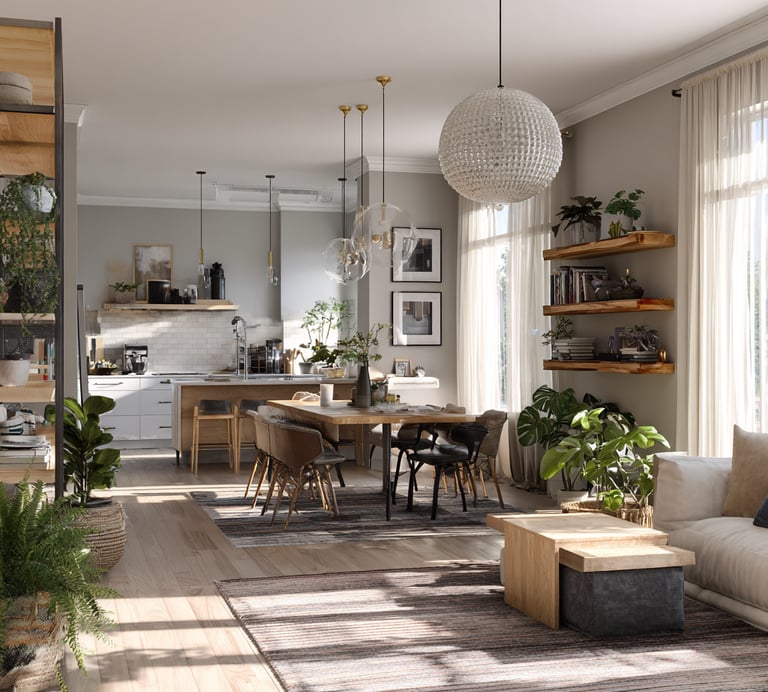

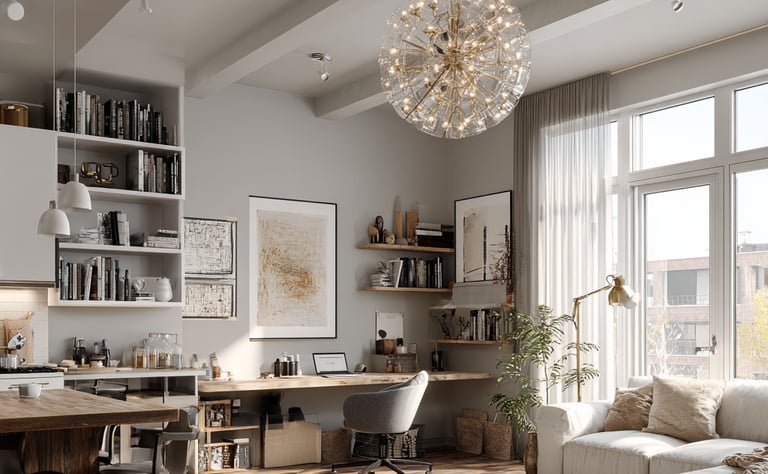

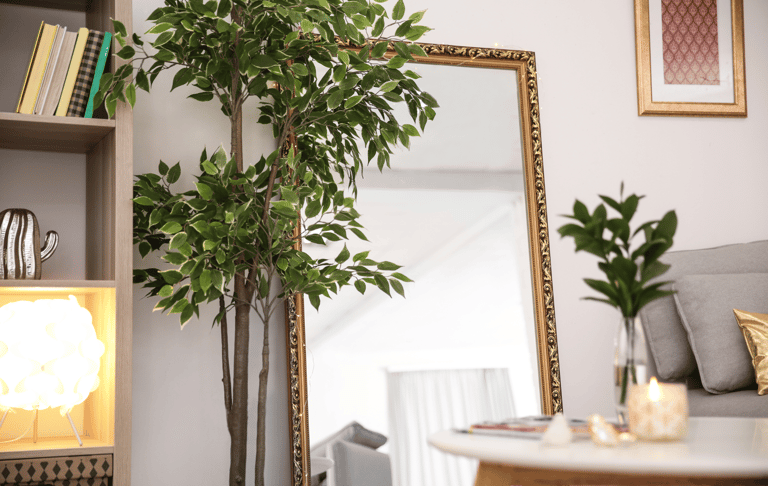

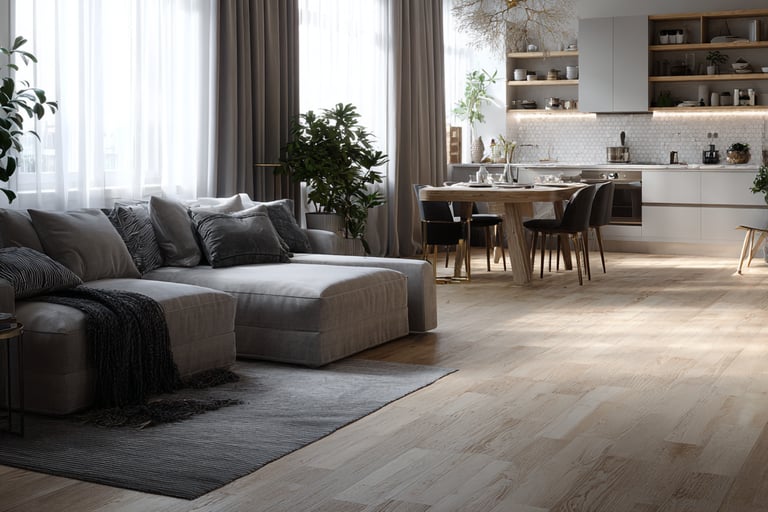



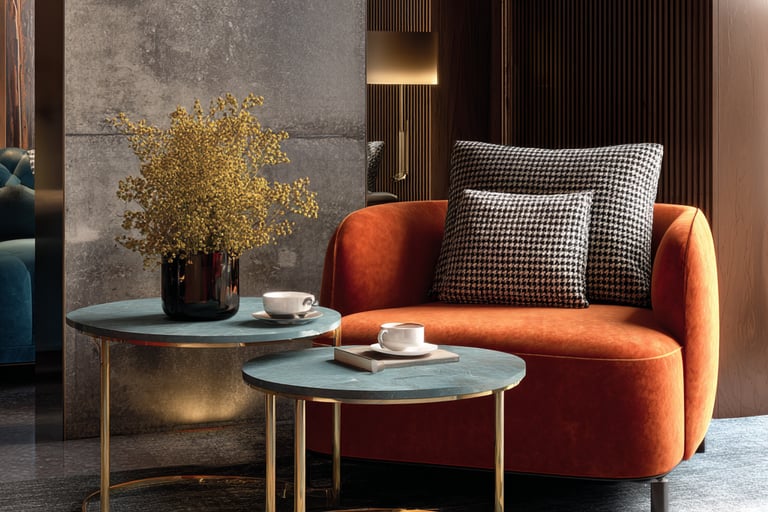
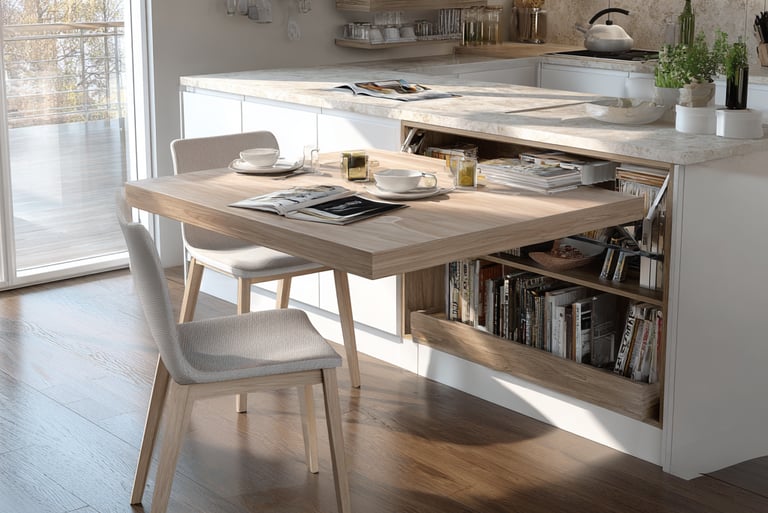
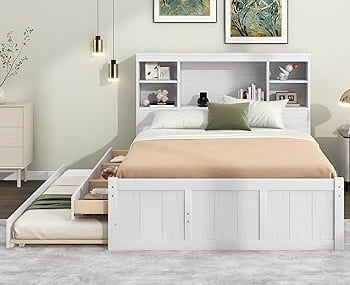

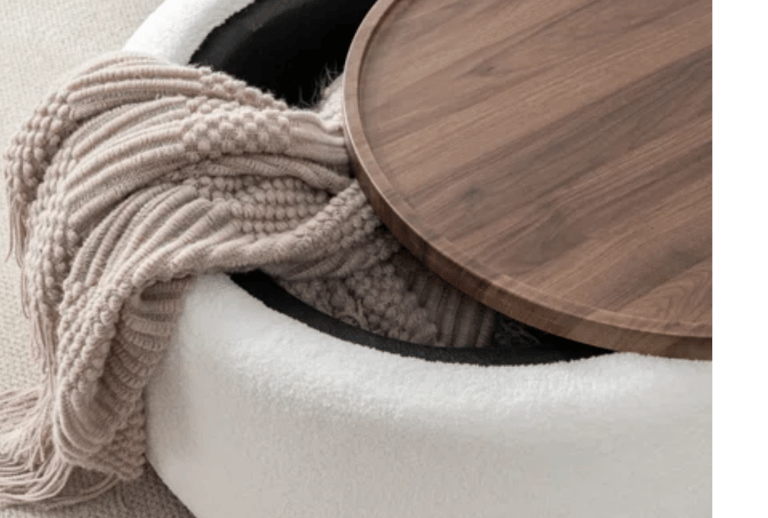
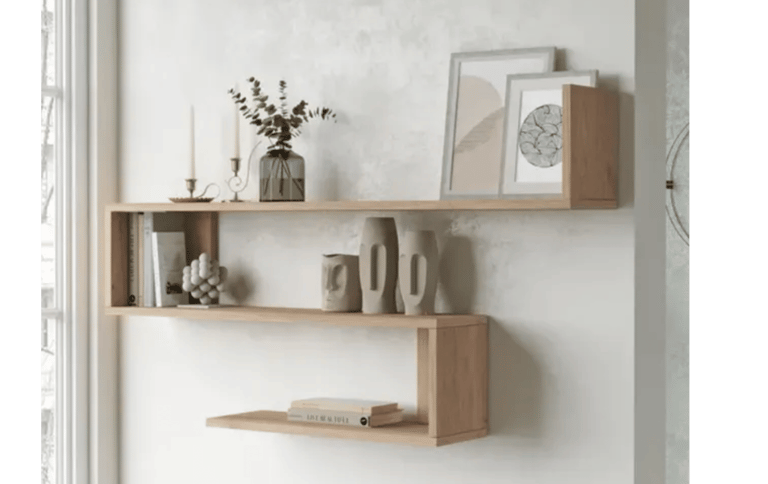

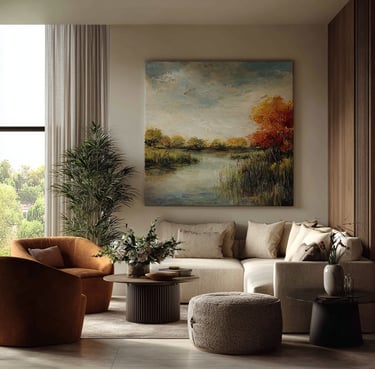
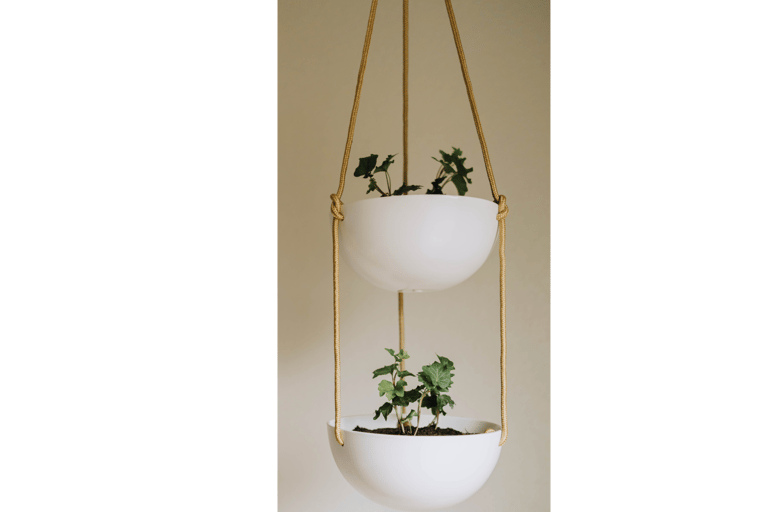

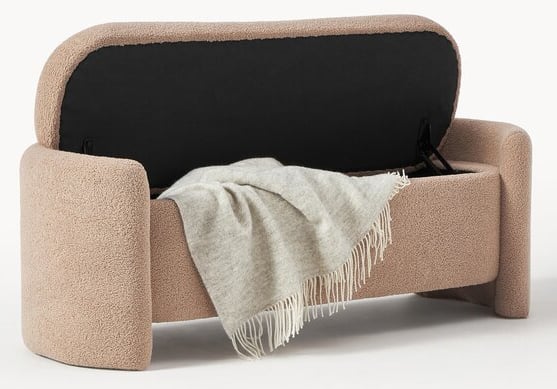






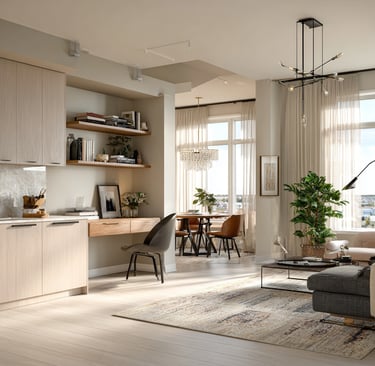
















I am Natasha Del Brocco, interior designer, founder of HomeValley Interiors & of ‘The Path to Design" Hub. I am passionate about creating homes that Feel as good as they look. With a love for Nature, Art, and Animals, I help home lovers like you design beautiful, functional, and pet-friendly spaces that reflect who you are. Through my blog and eBooks, I share expert advice, smart solutions and inspiring ideas to help you fall in love with your home all over again.
Disclaimer: This site includes affiliate links that may earn me a commission at no additional cost to you. I only recommend products I truly believe in and that can make your home more beautiful and functional.

What I Do
natasha@thepathtodesign.com
Join my Email List for Inspirational & Strategic Newsletters
Who I Am
